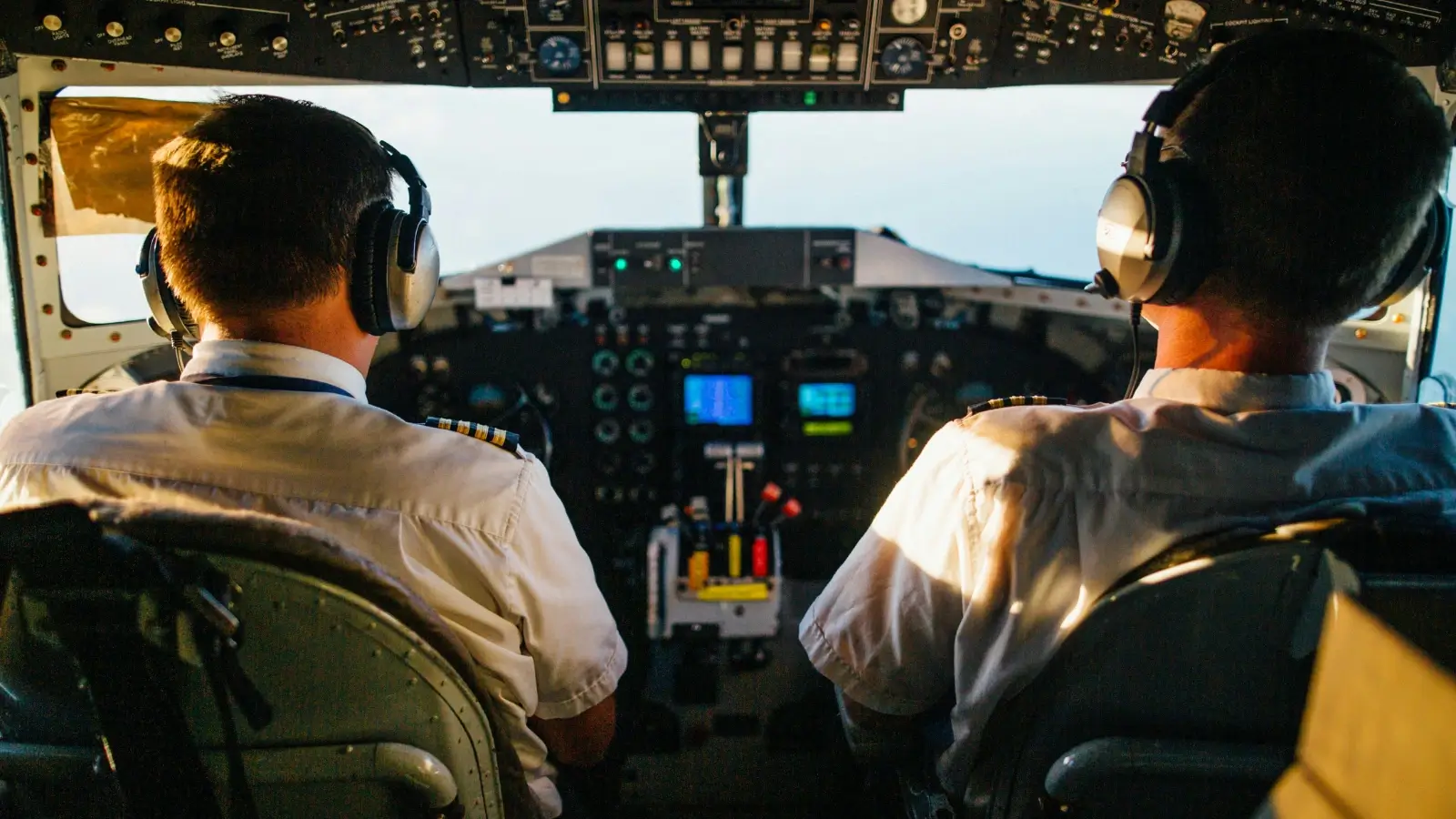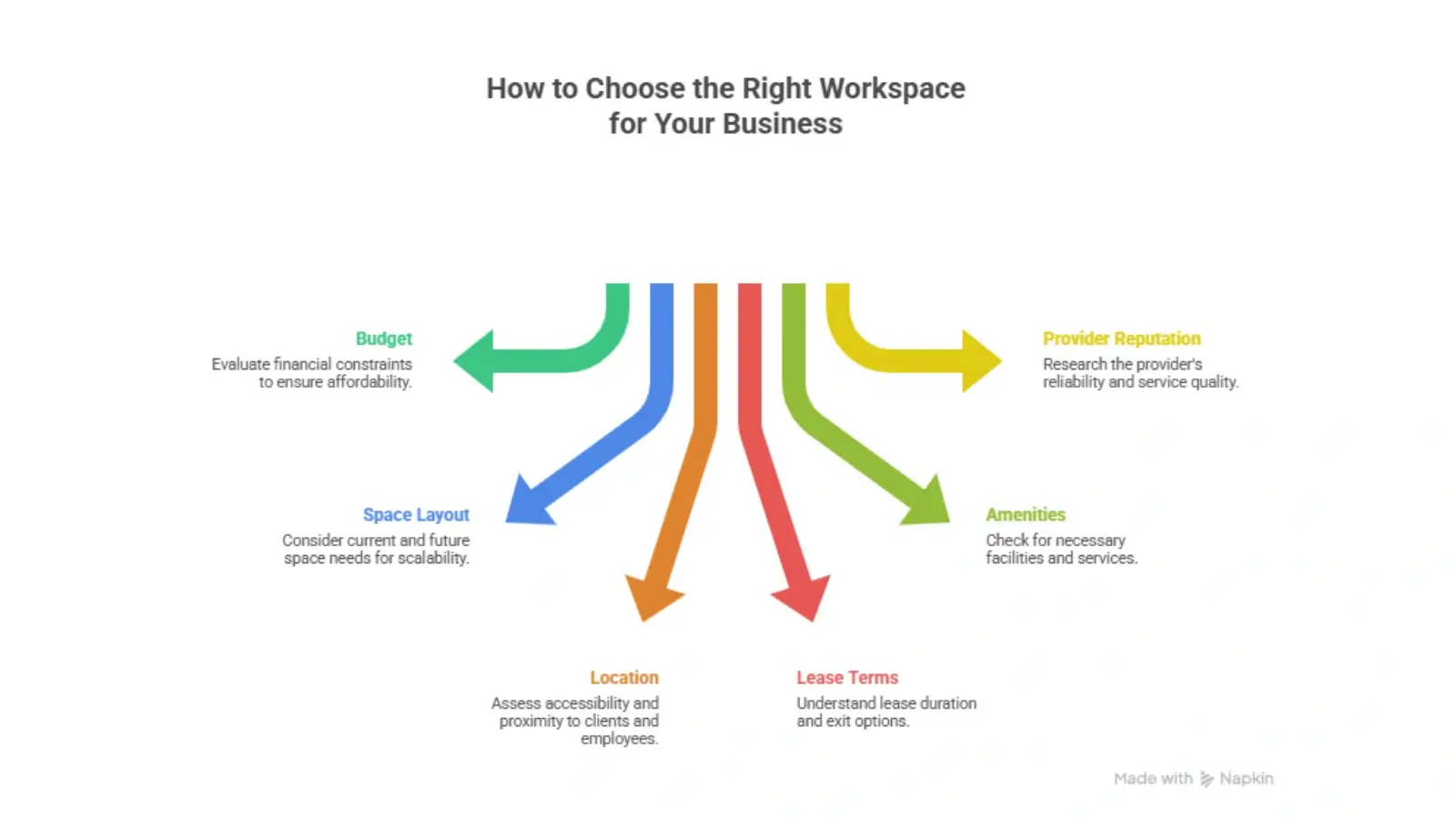Flight simulators are an essential part of pilot training, offering a controlled environment to practice procedures, emergency scenarios, and navigation techniques. However, the transition from simulation to real-world flying demands a broader set of skills that go beyond technical proficiency. Pilots must be prepared to manage unpredictable conditions, communicate effectively, and make decisions under pressure. These real-world competencies are what truly define a capable and confident aviator.
Situational Awareness and Decision-Making
One of the most critical skills for any pilot is situational awareness; the ability to perceive, understand, and anticipate what’s happening in and around the aircraft. This includes monitoring weather changes, air traffic, fuel levels, and aircraft performance. In real flight, distractions and unexpected developments are common, and pilots must be able to prioritize and respond quickly.
Strong decision-making is closely tied to situational awareness. Whether it’s choosing an alternate airport due to deteriorating weather or managing a minor mechanical issue, pilots must weigh options and act decisively. These choices often involve balancing safety, efficiency, and regulatory compliance, all while maintaining composure and clarity.
Communication and Crew Resource Management
Effective communication is vital in aviation, especially in multi-crew environments. Pilots must interact clearly with air traffic controllers, ground crews, and fellow flight crew members. Miscommunication can lead to serious errors, so using standardized phraseology and confirming instructions is essential.
Crew Resource Management (CRM) is a framework that emphasizes teamwork, leadership, and mutual support among flight crew members. It encourages open dialogue, shared decision-making, and assertiveness when safety is at stake. CRM training helps pilots recognize the value of collaboration and ensures that all available resources are used to maintain safe operations.
Adaptability in Dynamic Environments
Flying is inherently dynamic. Weather conditions can shift rapidly, mechanical systems may behave unexpectedly, and airspace restrictions can change mid-flight. Pilots must be adaptable, ready to revise plans and adjust to new information. This flexibility is especially important during cross-country flights, international operations, or when flying into unfamiliar airports.
Adaptability also extends to managing aircraft systems. Pilots must understand how to troubleshoot and respond to alerts, often relying on experience and intuition. For example, recognizing subtle changes in engine performance or fuel flow can help prevent larger issues. This kind of real-time problem-solving is difficult to replicate in a simulator but is crucial in actual flight.
Technical Familiarity with Aircraft Systems
While simulators provide a strong foundation in aircraft operation, real-world flying requires deeper familiarity with the aircraft’s physical systems. Pilots must understand how components interact and how to identify signs of wear or malfunction. This includes everything from avionics and hydraulics to environmental controls and fuel systems.
One example of a critical system component is a David Clark aviation headset, widely used by pilots for its noise reduction and clear communication capabilities. In noisy cockpit environments, reliable audio equipment is essential for maintaining focus and ensuring accurate communication with air traffic control and crew. Familiarity with such tools enhances situational awareness and supports safer flight operations.
Emotional Resilience and Stress Management
Flying can be stressful, especially during long flights, challenging weather, or high-traffic airspace. Pilots must develop emotional resilience to stay calm and focused under pressure. This includes managing fatigue, coping with unexpected events, and maintaining confidence in their abilities.
Stress management techniques such as breathing exercises, mental rehearsal, and post-flight debriefing can help pilots process experiences and improve future performance. Building resilience is about maintaining consistent performance and decision-making across all phases of flight.
Conclusion
While simulators are invaluable for building foundational skills, the real world of aviation demands much more from pilots. Situational awareness, communication, adaptability, technical knowledge, and emotional resilience are all essential traits that define a successful aviator. These skills are developed through experience, mentorship, and continuous learning. As pilots grow in their careers, mastering these real-world competencies ensures they are not only proficient but also prepared for the complexities and responsibilities of flight.

















